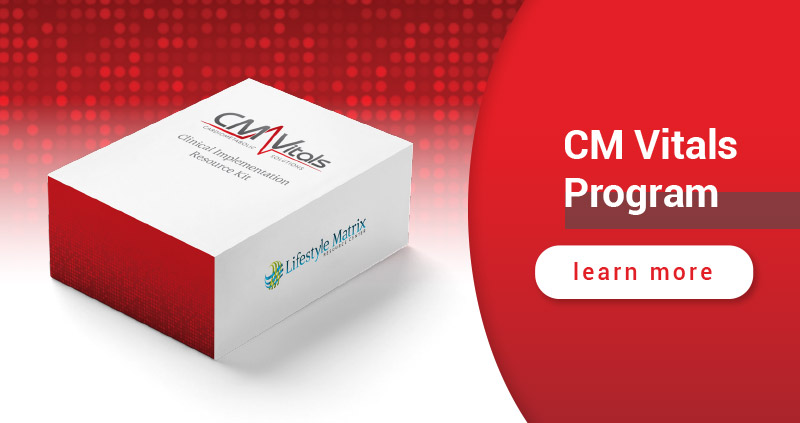If you talk to non-clinicians in the health care industry, you might not be surprised to find they are unimpressed with the average clinician’s understanding of business philosophy. Who would blame us clinicians? We focus on patient care, and the most important thing we may learn about the “business” of conventional medicine is how to optimize billing and coding. We are clinicians first, and scientific principles were the laser-focus of our education. Unfortunately, that means we might have missed some big-picture principles in other industries.
One such teaching, Pareto's Principle, stands out. Vilfredo Pareto was born in Italy in 1848 and considered an important philosopher and economist for this finding. The story behind the principle stemmed from his observation of his pea garden. Pareto noted that 20% of the pea plants generated 80% of the healthy pea pods. He was initially surprised by this disproportionate yield. With deepening curiosity, he noted that 20% of the Italian population seemed to own 80% of the land. This “80/20 rule” applied to many situations, it seemed, and so it was noted: Eighty percent of results generally come from just 20% of the action. Today, Pareto’s Principle serves as the basis for how companies invest dollars, streamline processes, determine key products, and much more.
So, what does this “80/20 rule” have to do with the cardiometabolic disease epidemic ? One would likely agree it is the single most important chronic disease epidemic to address nationally due to its impact on patient morbidity and mortality. Although we have known about this epidemic for decades, the prevailing strategy doesn’t seem to be bending the curve much.
Consider for a moment that this is the result of not appropriately analyzing for what I call the “magic 20%.” These 20% of therapeutic strategies would yield 80% of the desired cardiometabolic outcomes in our practices. In functional and integrative medicine, the “magic 20%” is clear. It is what truly gets our patients better time and time again: a health-focused, anti-inflammatory lifestyle coupled with key nutrients.
You might be thinking this is old news—healthy lifestyle and targeted supplements. However, what is our success rate for getting patients to implement a personalized lifestyle and supplement routine long-term? That’s the $64,000 question (an old game show phrase, in case you are overthinking that number)!
Luckily, Pareto’s Principle reminds us we should analyze our office systems to see how we prioritize our time, energy, money and human resources. Could we be wasting precious resources by ignorantly spending them on things that only contribute to the remaining 20% of the total desired outcomes? Does it make sense to put 80% of your focused efforts to only create a 20% return on your investment? You guessed it…the answer is, “No!”
If we want to improve our clinical, operational and financial outcomes, we must nail down our office’s “magic 20%” and then scale that to collectively and decisively make a real difference to the patients and families affected by this preventable and modifiable epidemic.

SHILPA P. SAXENA, MD
 Shilpa P. Saxena, MD is a Board-Certified Family Practice physician whose passion and purpose come to life through sharing her innovative
patient education and practice management solutions in her classic ‘keep it simple’ style. She serves as Faculty with the Institute for Functional Medicine, the Arizona Center for Integrative Medicine, the University of Miami, Miller School
of Medicine, the Metabolic Medical Institute at George Washington University and most recently, joined the Lifestyle Matrix Resource Center serving as the Clinical Expert for the CM Vitals Program. Dr. Saxena is an expert in the Group Visit medical model,
creator of Group Visit Toolkits, and co-author of The Ingredients Matter: India.
Shilpa P. Saxena, MD is a Board-Certified Family Practice physician whose passion and purpose come to life through sharing her innovative
patient education and practice management solutions in her classic ‘keep it simple’ style. She serves as Faculty with the Institute for Functional Medicine, the Arizona Center for Integrative Medicine, the University of Miami, Miller School
of Medicine, the Metabolic Medical Institute at George Washington University and most recently, joined the Lifestyle Matrix Resource Center serving as the Clinical Expert for the CM Vitals Program. Dr. Saxena is an expert in the Group Visit medical model,
creator of Group Visit Toolkits, and co-author of The Ingredients Matter: India.



